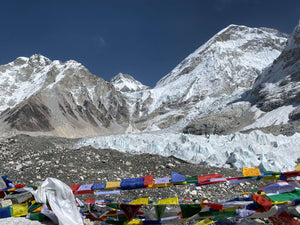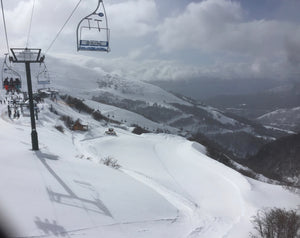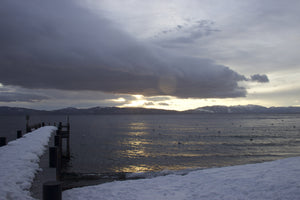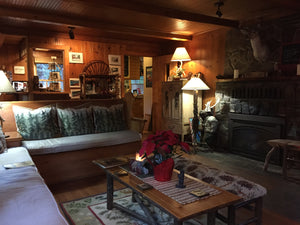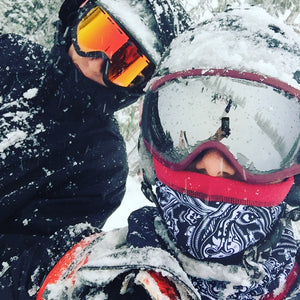Outdoor Stories
The Ultimate Hiker's Bucket List: 10 Best Places to Hike in the World
Maybe you've found yourself keeping a list of all the places you'd like to hike. Perhaps you've seen pictures of beau...
Read more
Preparing for the Trail: Essential Steps for Planning Your Next Hiking Trip
Choosing a hiking trip can be an exciting but daunting task, as there are many factors to consider. Here are some tip...
Read more
Hiking the Dolomites
The Dolomites are a mountain range located in northeastern Italy, known for their stunning natural beauty and variety...
Read more
Himalayas Trek to Everest Base Camp (EBC)
Is Everest Base Camp on your Bucket List? It was on ours. The Himalayas and the view from 5380 meters (almost 18,000 ...
Read more
Hiking Tour du Mont Blanc
Hiking Tour du Mont Blanc is not to be missed. We've include our itinerary and pictures for some inspiration! Enjoy!
Read more
Paris Fashion Week Fall Winter 2017
Paris Fashion Week in early July was exciting. The colors, textures, art, design, museums and particularly the Christ...
Read more
Skiing Patagonia in August
The Powpow® team traveled south to experience Argentina and ski the Andes. It’s a little strange to leave the summer ...
Read more
Lake Tahoe Sunrise
On a recent visit to see customers in Tahoe I woke early one morning and made my way down to the lake to catch the su...
Read more
The Cottage Inn Lake Tahoe California
Here's a wonderful place to stay on the West Shore of Lake Tahoe. The Cottage Inn is a perfect romantic get away from...
Read more
Snow in the Sierras – Tahoe skiing is back!
Staying warm in a POWPOW neck gaiter at Squaw Valley, California
Read more
2015-2016 Snow Watch – Europe and United States
What will the 2015-2016 season bring in terms of snow? All indications are that El Nino is expected to persist throug...
Read more
Favorite Ski Mountains
The most runs, highest altitude, best grooming, steepest slopes, best fall line, best ski village…the list goes on an...
Read more




